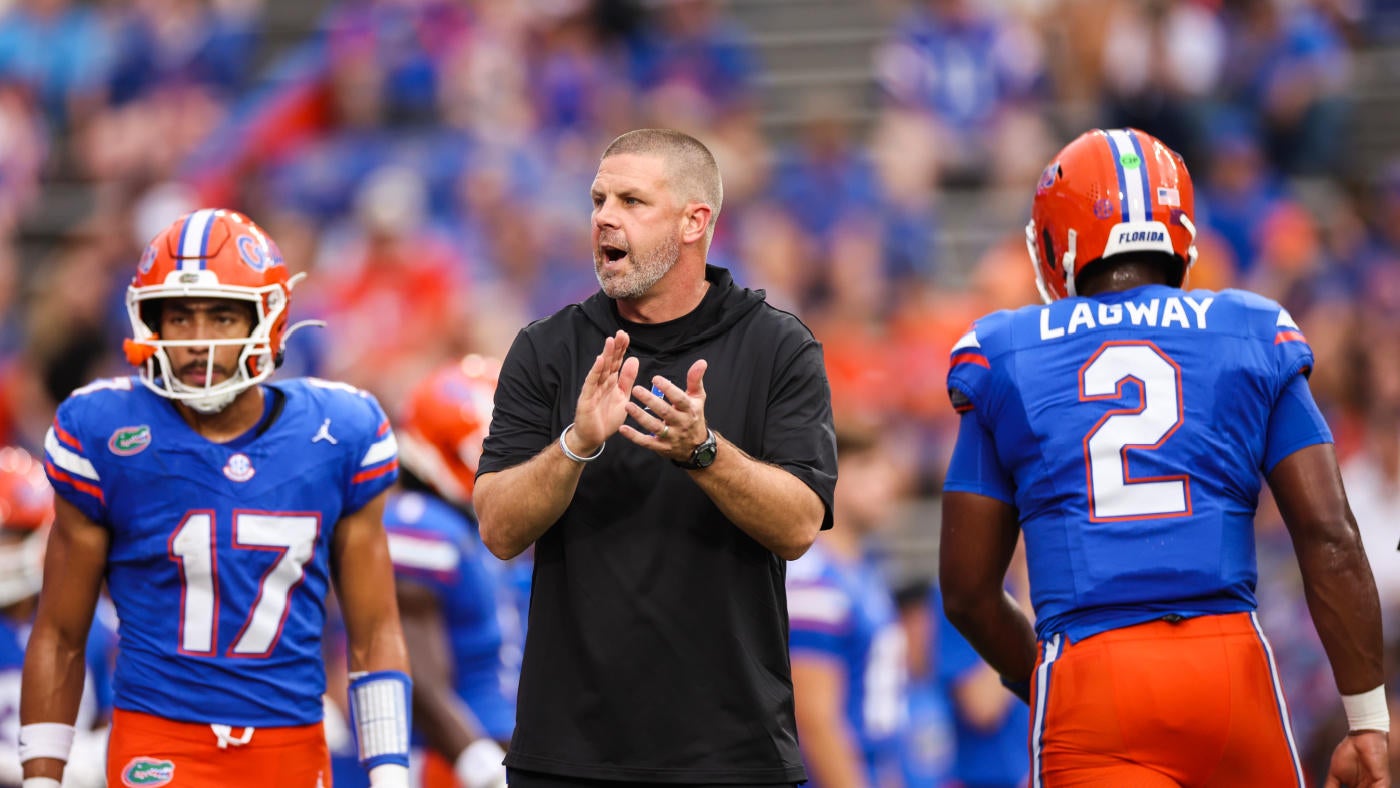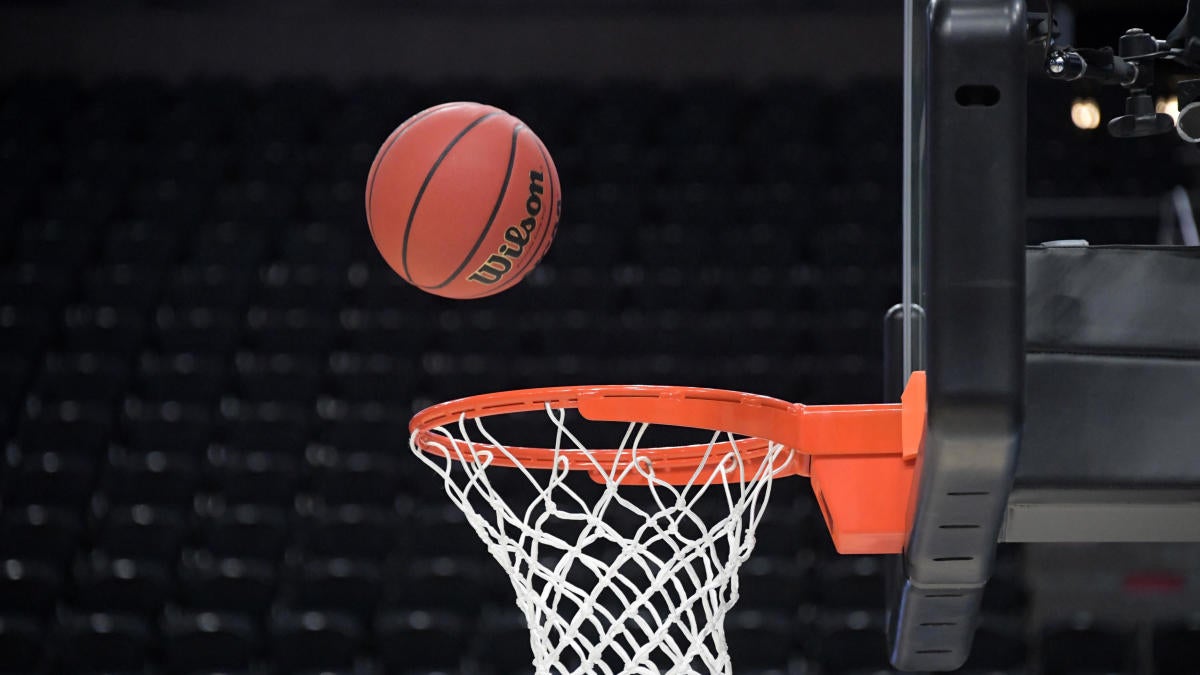
Florida’s decision to have Billy Napier continue as head coach is the top-line takeaway from the open letter athletic director Scott Stricklin penned to fans Thursday. For all intents and purposes, Napier is expected to be the Gators’ coach next fall, but it’s not like this was an announcement of an extension. As such, it creates a two-pronged question: Why bring Napier back, and why now?
The latter helps us answer the former, and Stricklin’s letter hints at the answer three paragraphs in:
“In these times of change across college athletics, we are dedicated to a disciplined, stable approach that is focused on long-term, sustained success for Gator athletes, recruits and fans.”
There is no sport that operates its coaching cycle like college football where the hiring and firing times for head coaches directly overlap with the main times of player acquisition and the postseason. If Florida did fire Napier, the Gators would have been hiring a fourth head coach in the span of 10 years. That would signal instability.
Instead, Florida is attempting to send the opposite message, and it’s no accident that the word “recruits” appears in the letter. Florida has three verbal commits in the current Top247 rankings for the class of 2025, 11 total. The Gators are No. 51 in the 247Sports Composite team recruiting rankings and would certainly like to add more high school recruits in the next few weeks. It is clear that Napier’s status as effectively week-to-week has been working against them on the recruiting trail. Florida will need to be active in the transfer portal for multiple offensive linemen, wide receivers, running back depth and a veteran quarterback behind DJ Lagway.
More: 10 recruiting targets the Gators must go all-in on with Napier staying
Strictly speaking, December is a mess for everyone connected to the sport. Multiple sources in Gainesville pointed to the calendar as a major reason to keep Napier. The early signing period is Dec. 4-6, and the transfer portal window is Dec. 9-28.
If Florida was looking to poach a coach from a College Football Playoff contender, that coach would be tied up through roughly Christmas. If such a candidate has a first-round bye or wins a first-round game, he’s tied up through New Year’s Day. Multiple industry sources admit that eventually a playoff-contending coach will leave his team for a new job, but that’s a conversation for another day.
Any program of Florida’s stature looking to make a change now is jumping into a coaching carousel that has deep uncertainty. Adding to that is the costs at play with Napier’s buyout and revenue sharing on the way. Florida would owe him around $25 million with no money offset, nearly $13 million of which is due within 30 days. They’d then have to pay a new coach’s buyout owed to their former school and continue to raise the funds to get to the $20.5 million revenue sharing number likely owed to athletes next fall. The second you fire Napier, the players on Florida’s roster also can enter the transfer portal immediately. Florida does not have a general manager on its staff, which is already creating concern for how contract management will be handled for roster retention.
Florida would be the pilot program for how a major program navigates the new paradigm, and it’s clear at the current moment Florida has no desire to take that role in an experiment like this. From the perspective of UF’s administration, the status quo option is good enough, and Florida’s improvement over the course of this season has given them the ability to stay the course.
Close games with Tennessee and Georgia have shown progress, though on-field operation concerns remain. The Gators botched a field goal attempt against the Bulldogs, adding to the pile of special teams woes during Napier’s tenure.
Some of Florida’s biggest contributions have come from young players. A main talking point last season was the youth on Florida’s roster. Linebacker Grayson Howard and safety Jordan Castell are underclassmen who anchor an improving defense. Running back Treyaun Webb and playmaking receiver Eugene Wilson II, whose season is now over due to injury, offer hope for the future. Then there is obviously Lagway, a building block the program does not want to lose.
Despite fan unrest and general unhappiness over keeping Napier into the 2025 season, Florida was in a situation where there wasn’t a clear option. It is instead placing its chips on a longer-term approach. The decision will be panned by fans and cheered by rivals who believe the Gators will remain dormant under Napier. We’ll find out in about 10 months if the option taken will actually produce the desired results.



